
World

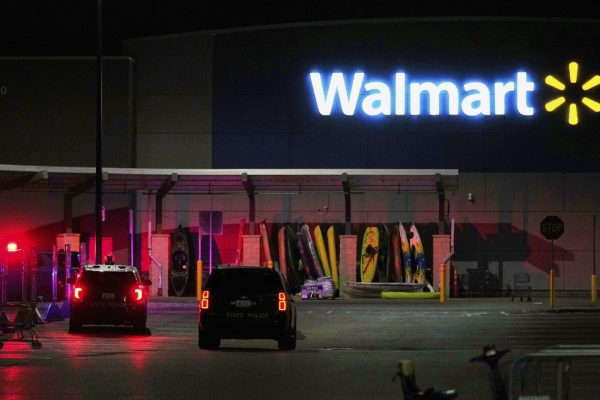

AI’s Impact: NASA’s Workforce Shift
The Rise of Artificial Intelligence in Modern Society I…

Taiwan’s China-friendly party survives recall
The Persistence of Political Gridlock in Taiwan: An Ana…
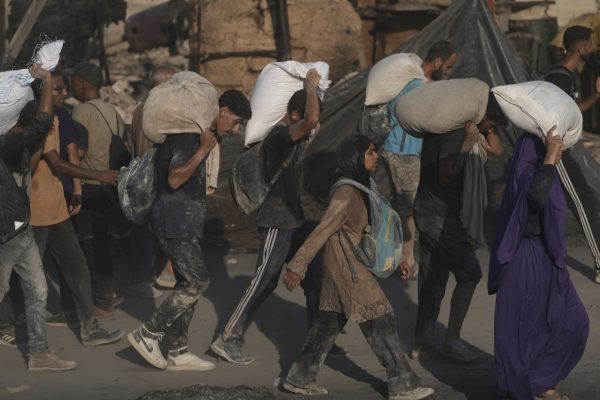
Aid Drops to Gaza Amid Rising Hunger
The Humanitarian Crisis in Gaza: A Critical Analysis of…
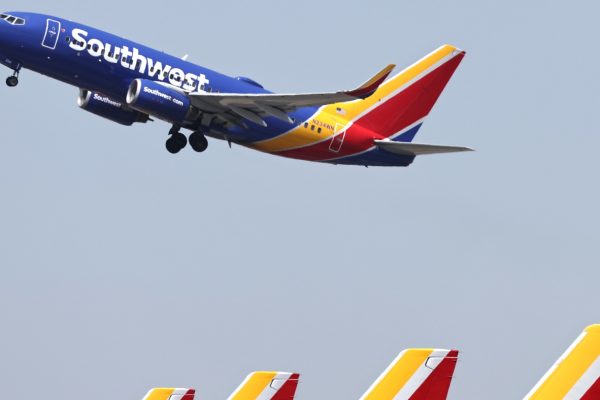
AI-Powered Southwest Jet Dodges Midair Crash
Near Miss Over Burbank: Analyzing the Southwest Inciden…
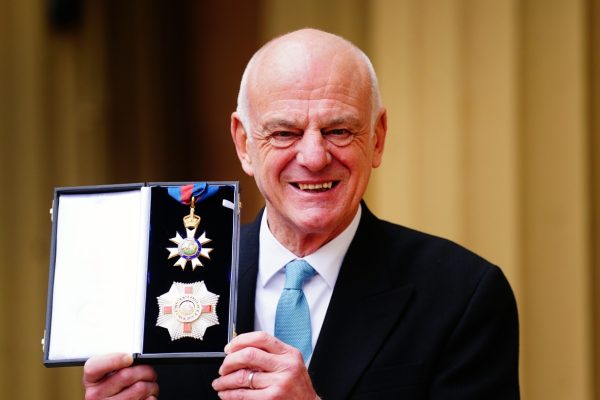
Honoring David Nabarro: A Global Health Champion
The Impact of Artificial Intelligence on Modern Healthc…

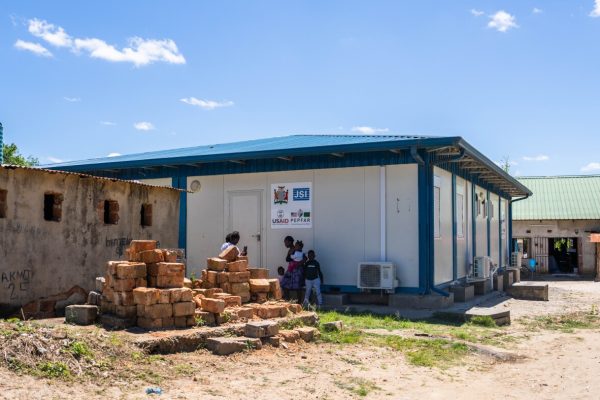
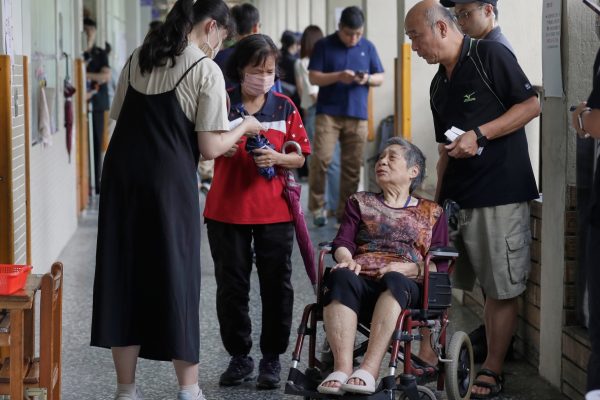
Taiwan Rejects China-Friendly Party Ouster Bid
Taiwan’s Recall Election: A Test of Political Tid…






